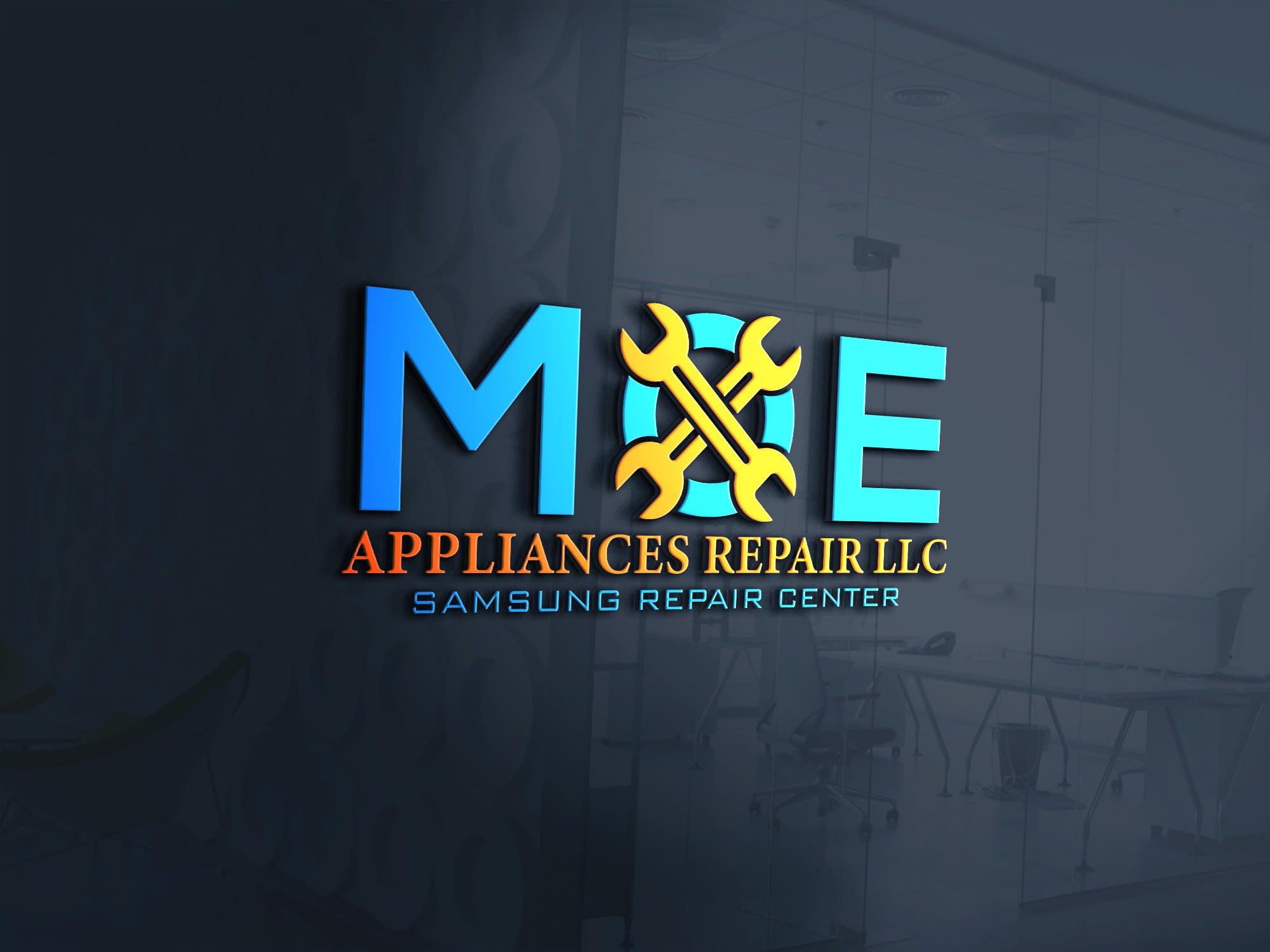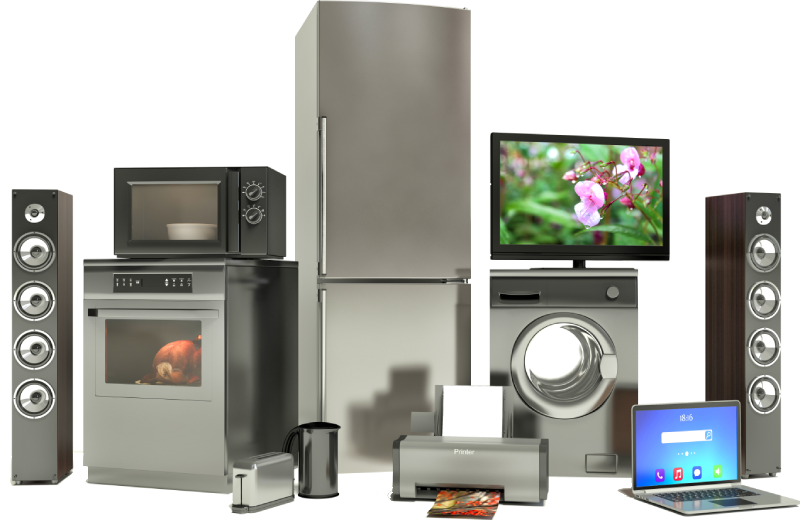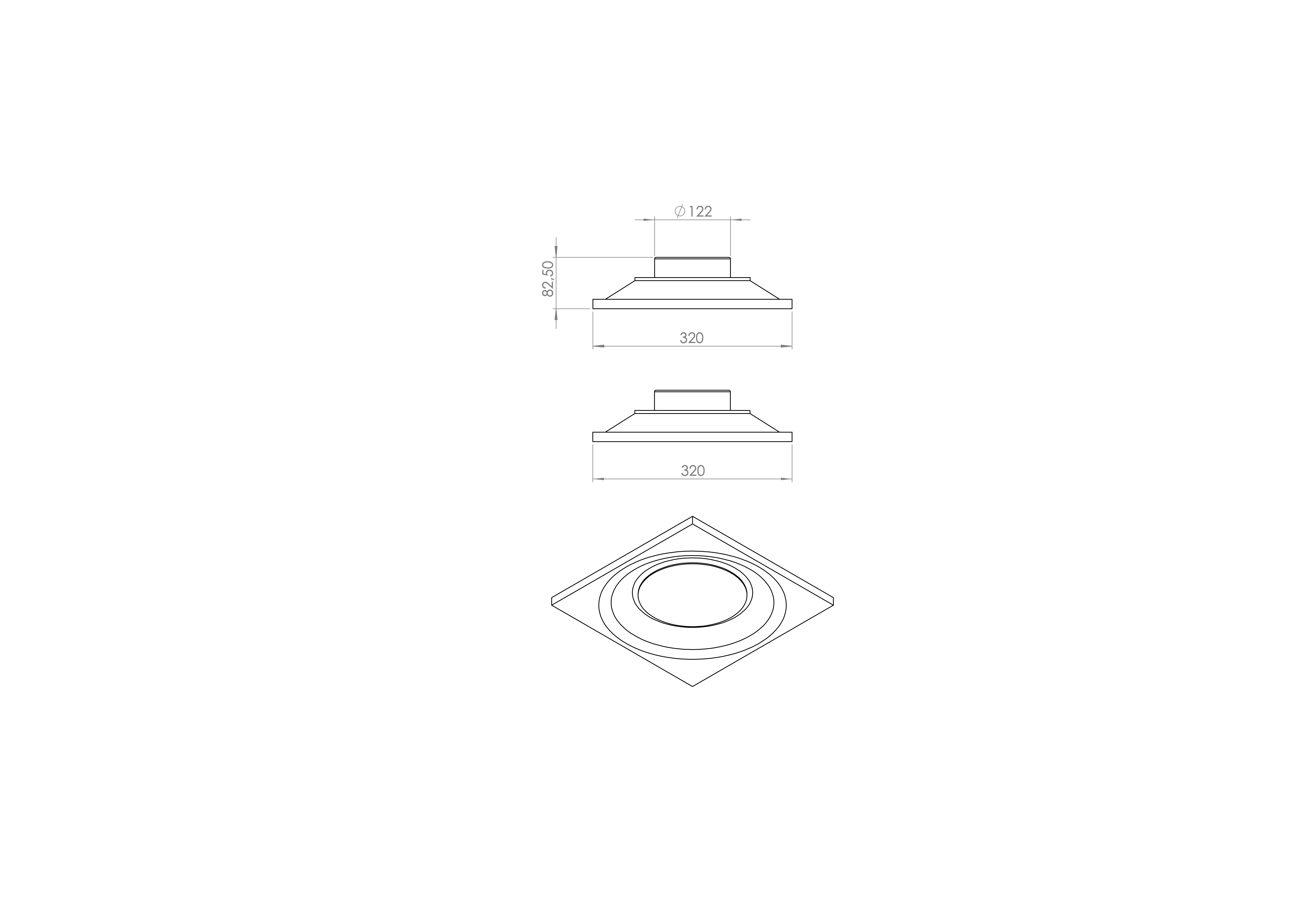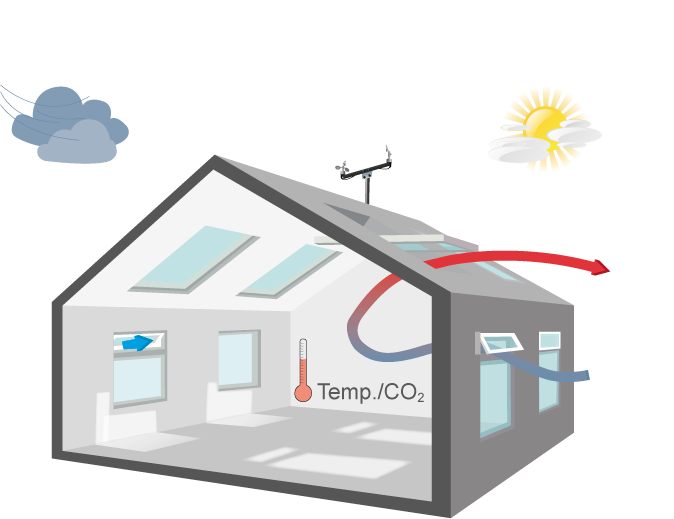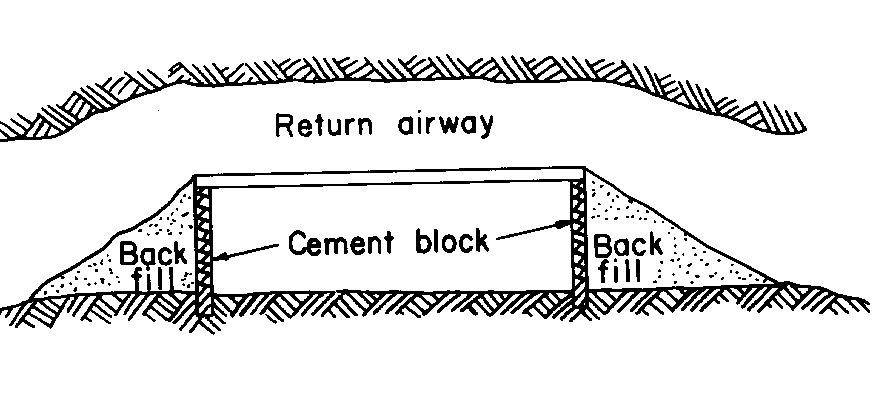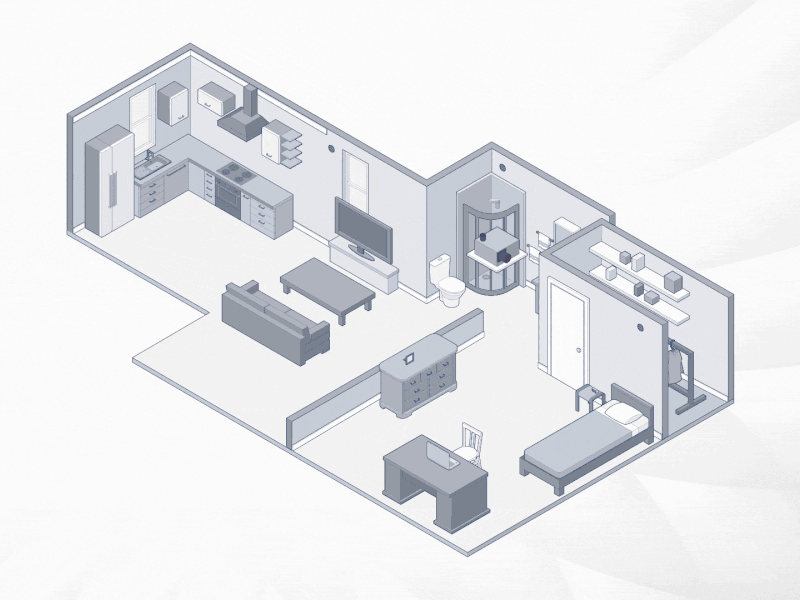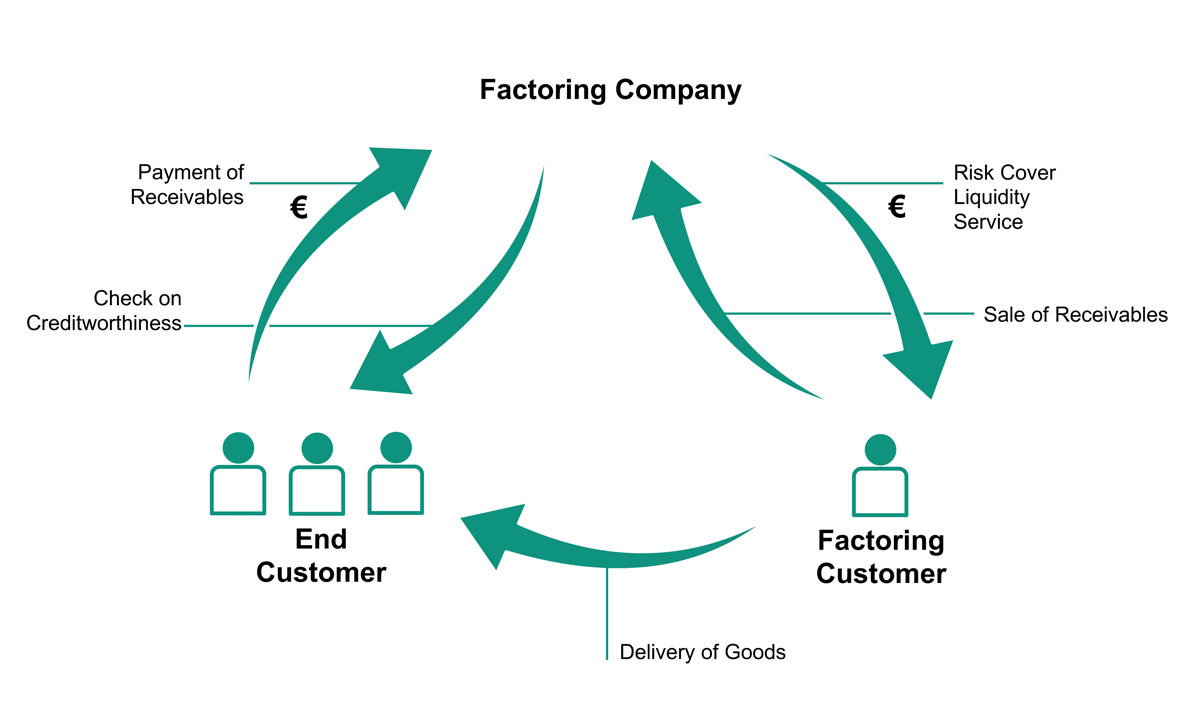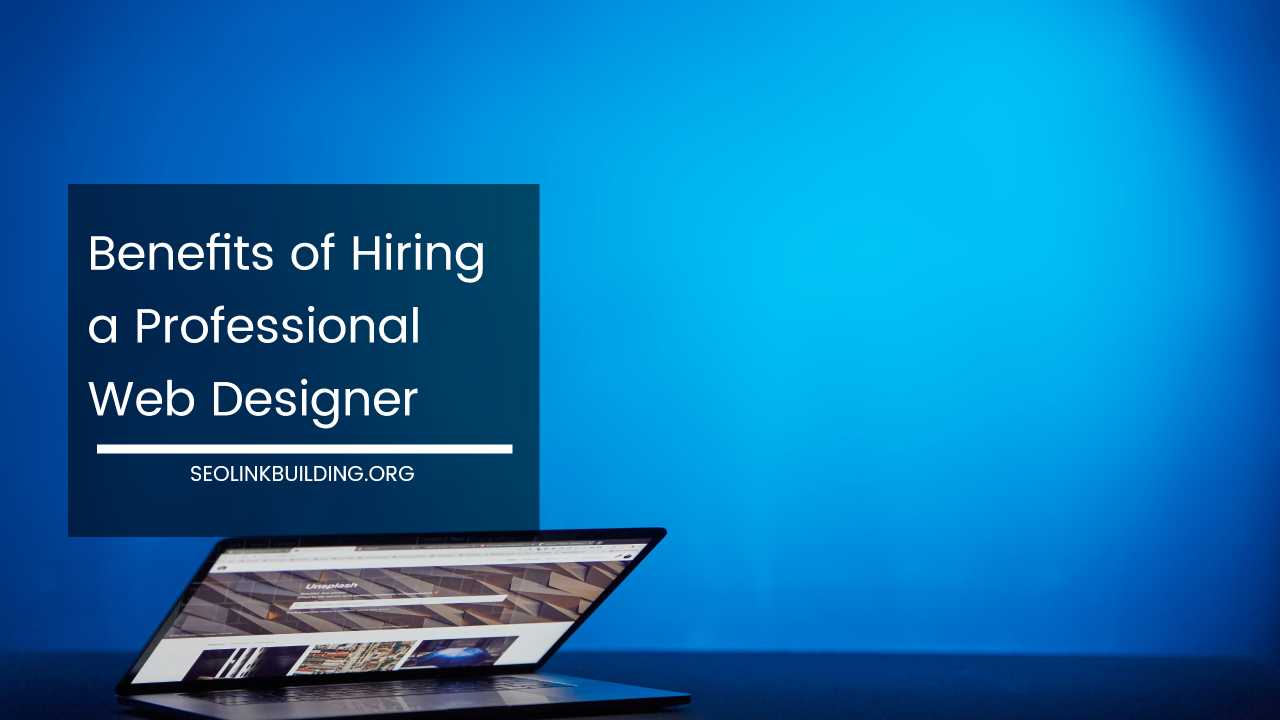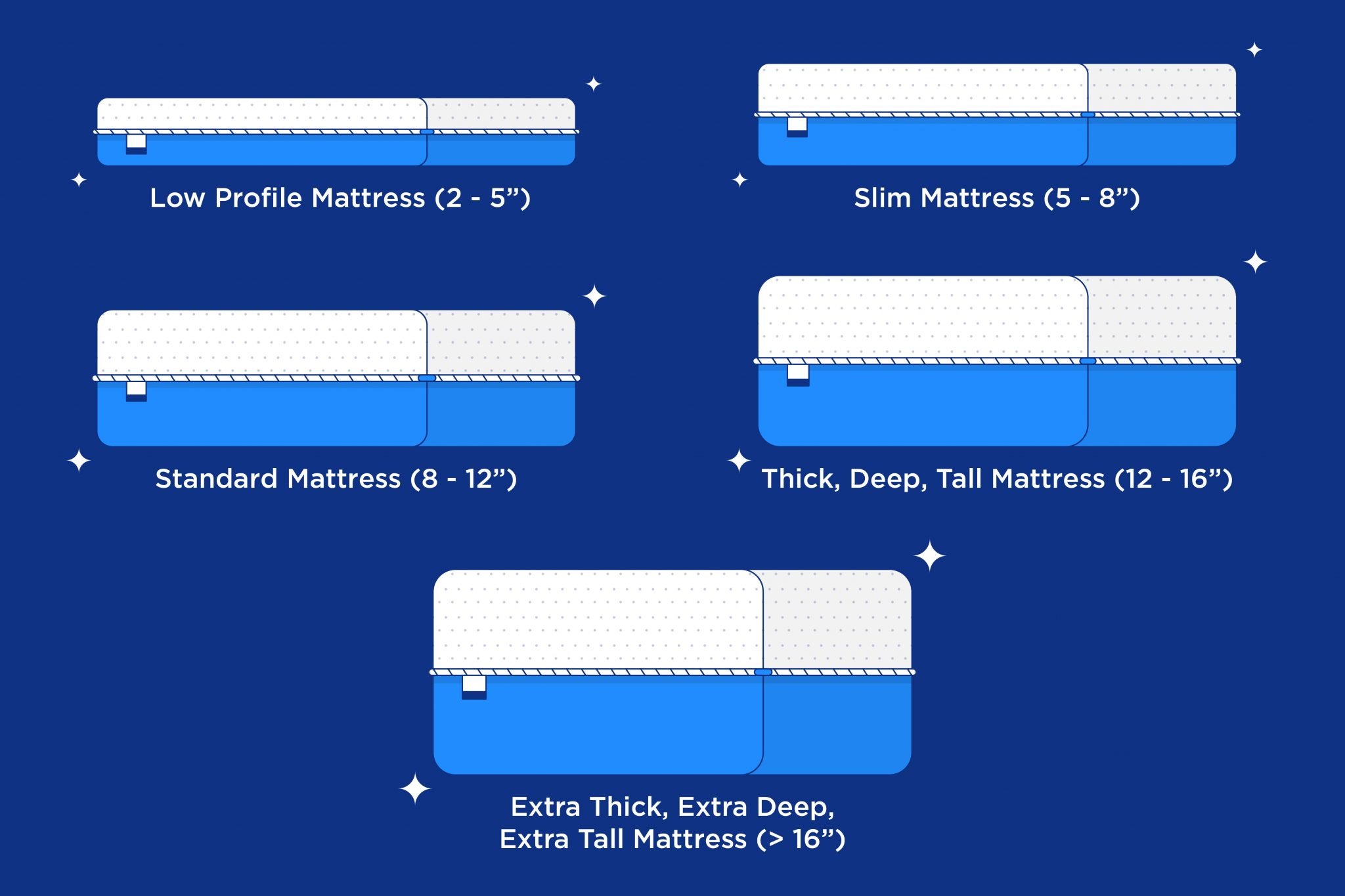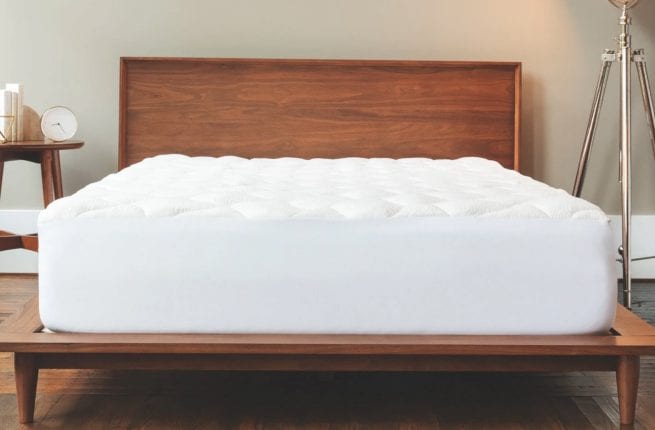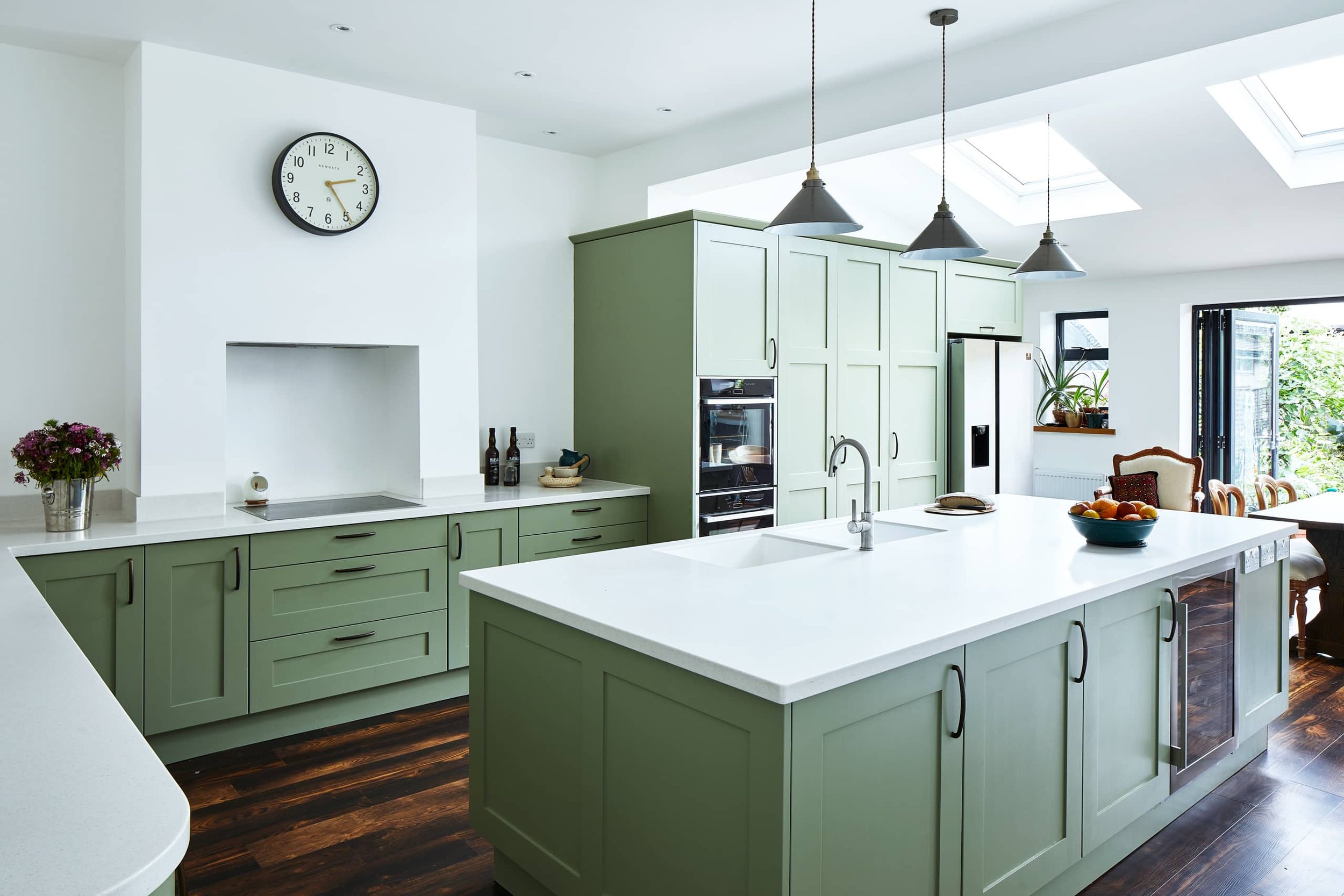1. Poor Lighting
Lighting is an essential element in any kitchen design, yet it is often overlooked. Many homeowners make the mistake of relying on one central overhead light, which can create harsh shadows and make it difficult to see while cooking. To avoid this mistake, consider incorporating different layers of lighting, such as overhead lights, under cabinet lighting, and task lighting. This will not only improve the functionality of your kitchen but also make it more visually appealing.
2. Inadequate Counter Space
One of the biggest complaints of homeowners is not having enough counter space in their kitchen. It's important to have plenty of room to prep, cook, and place appliances and dishes. If you have a small kitchen, consider investing in space-saving solutions like a pull-out cutting board or a rolling kitchen island. Also, make sure to keep your counters clear of unnecessary clutter to maximize the space you do have.
3. Not Enough Storage
Storage is another common issue in kitchen design. Without enough storage, your countertops can become cluttered and make your kitchen look messy. When planning your kitchen, think about all the items you need to store, from bulky appliances to everyday dishes, and design cabinets and drawers accordingly. Utilize vertical space with tall cabinets and shelves, and consider using drawers instead of cabinets for easier access.
4. Choosing the Wrong Layout
The layout of your kitchen is crucial to its functionality. Many homeowners make the mistake of choosing a layout that doesn't suit their needs or the shape of their space. For example, a galley kitchen may not work well for someone who loves to entertain, while an L-shaped kitchen may not be ideal for someone who loves to cook. Consider your needs and the shape of your kitchen when choosing a layout.
5. Not Considering Workflow
The workflow in your kitchen refers to the path you take while preparing a meal, from prepping to cooking to cleaning up. It's essential to have a smooth and efficient workflow to make cooking easier and more enjoyable. When designing your kitchen, think about the different work zones, such as the cooking zone, prep zone, and cleaning zone, and make sure they are easily accessible and well-organized.
6. Ignoring the Triangle Rule
The triangle rule is a design principle that states the three main elements in a kitchen, the stove, sink, and refrigerator, should form a triangle for efficient movement. Ignoring this rule can lead to a kitchen that is difficult to navigate and disrupt the workflow. Make sure to keep this principle in mind when designing your kitchen, and avoid placing these elements too far apart or too close together.
7. Not Planning for Appliances
Appliances are a significant investment in any kitchen design, and it's important to plan for them early on in the process. Make sure to measure the space for each appliance and consider their placement in relation to your work zones. Also, consider the type of appliances you need and their features to ensure they meet your cooking needs.
8. Forgetting About Ventilation
Proper ventilation is crucial in a kitchen to remove cooking odors, smoke, and excess heat. Many homeowners make the mistake of not considering ventilation until it's too late, leading to a kitchen that is uncomfortable and smelly. Make sure to plan for ventilation early on in your design process and choose a hood or fan that is suitable for the size of your kitchen.
9. Not Factoring in Maintenance
When designing your dream kitchen, it's easy to get caught up in aesthetics and forget about maintenance. However, it's important to consider the upkeep of your kitchen to ensure it stays looking beautiful for years to come. Choose materials that are easy to clean and maintain, and avoid high-maintenance options that may require frequent repairs or replacements.
10. Not Hiring a Professional Designer
Designing a kitchen is a complex process that requires knowledge and expertise. Many homeowners make the mistake of trying to DIY their kitchen design, which can lead to costly mistakes and a less-than-desirable end result. Hiring a professional designer will not only save you time and stress but also ensure your kitchen is functional, beautiful, and tailored to your needs.
Avoid These Common Kitchen Design Mistakes

Making the Most of Your Kitchen Space
 When it comes to kitchen design, there are a plethora of options and trends to choose from. However, in the process of creating your dream kitchen, it is important to avoid some common mistakes that can lead to a less functional and visually appealing space.
Here are ten kitchen design mistakes to avoid that will help you achieve your desired look and functionality.
When it comes to kitchen design, there are a plethora of options and trends to choose from. However, in the process of creating your dream kitchen, it is important to avoid some common mistakes that can lead to a less functional and visually appealing space.
Here are ten kitchen design mistakes to avoid that will help you achieve your desired look and functionality.
1. Neglecting the Work Triangle
 The work triangle, which consists of the sink, stove, and refrigerator, is the most important element of any kitchen design.
It is essential to ensure that these three areas are within easy reach of each other to maximize efficiency and functionality in the kitchen.
Neglecting the work triangle can lead to unnecessary movement and frustration while cooking and preparing meals.
The work triangle, which consists of the sink, stove, and refrigerator, is the most important element of any kitchen design.
It is essential to ensure that these three areas are within easy reach of each other to maximize efficiency and functionality in the kitchen.
Neglecting the work triangle can lead to unnecessary movement and frustration while cooking and preparing meals.
2. Not Considering Storage Needs
 Another common mistake is not considering your storage needs before designing your kitchen.
It is important to determine the amount and type of storage you will require for your cooking utensils, appliances, and food items before finalizing your kitchen design.
This will help prevent clutter and create a more organized space.
Another common mistake is not considering your storage needs before designing your kitchen.
It is important to determine the amount and type of storage you will require for your cooking utensils, appliances, and food items before finalizing your kitchen design.
This will help prevent clutter and create a more organized space.
3. Overlooking Counter Space
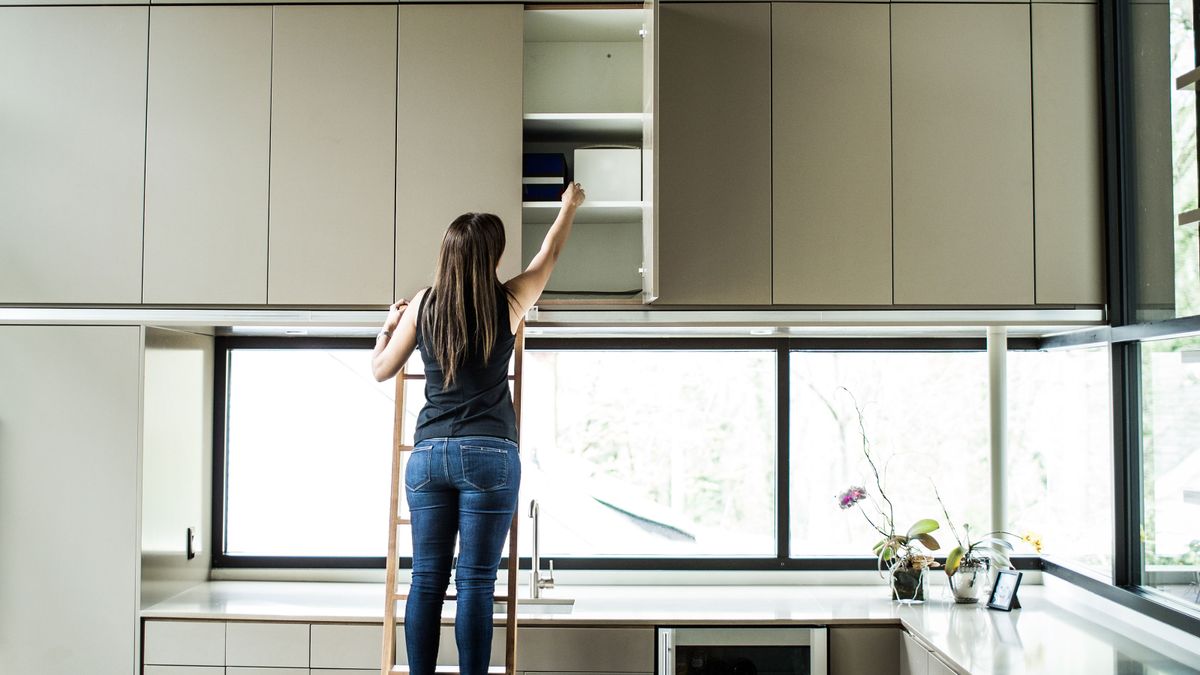 Having ample counter space is crucial for any functional kitchen.
Underestimating the amount of counter space needed can result in a cramped and cluttered workspace, making it difficult to prepare meals and entertain guests.
Consider your cooking habits and how much counter space you will need for appliances, food prep, and dining.
Having ample counter space is crucial for any functional kitchen.
Underestimating the amount of counter space needed can result in a cramped and cluttered workspace, making it difficult to prepare meals and entertain guests.
Consider your cooking habits and how much counter space you will need for appliances, food prep, and dining.
4. Ignoring Lighting
 Lighting is often an overlooked aspect of kitchen design, but it plays a significant role in both functionality and aesthetics.
Make sure to incorporate a combination of ambient, task, and accent lighting to create a well-lit and inviting space.
Consider natural light sources, such as windows and skylights, as well as artificial lighting options, such as overhead fixtures and under-cabinet lights.
Lighting is often an overlooked aspect of kitchen design, but it plays a significant role in both functionality and aesthetics.
Make sure to incorporate a combination of ambient, task, and accent lighting to create a well-lit and inviting space.
Consider natural light sources, such as windows and skylights, as well as artificial lighting options, such as overhead fixtures and under-cabinet lights.
5. Not Planning for Enough Outlets
 In today's modern kitchen, there are countless appliances and gadgets that require electricity.
Not planning for enough outlets can result in a shortage of power sources, making it difficult to use all of your kitchen tools simultaneously.
Make sure to include plenty of outlets throughout your kitchen to accommodate your needs.
In today's modern kitchen, there are countless appliances and gadgets that require electricity.
Not planning for enough outlets can result in a shortage of power sources, making it difficult to use all of your kitchen tools simultaneously.
Make sure to include plenty of outlets throughout your kitchen to accommodate your needs.
6. Choosing the Wrong Materials
 When selecting materials for your kitchen, it is important to consider both functionality and durability.
Choosing materials that are not suitable for high-traffic areas, such as countertops and flooring, can result in costly repairs and replacements in the future.
Research and choose materials that are not only aesthetically pleasing but also practical for your lifestyle.
When selecting materials for your kitchen, it is important to consider both functionality and durability.
Choosing materials that are not suitable for high-traffic areas, such as countertops and flooring, can result in costly repairs and replacements in the future.
Research and choose materials that are not only aesthetically pleasing but also practical for your lifestyle.
7. Forgetting About Ventilation
 Proper ventilation is essential in any kitchen, especially when cooking and using appliances that produce heat, steam, and odors.
Not planning for proper ventilation can lead to a stuffy and smelly kitchen, as well as potential health hazards.
Make sure to include a range hood or exhaust fan in your kitchen design to effectively remove excess heat and odors.
Proper ventilation is essential in any kitchen, especially when cooking and using appliances that produce heat, steam, and odors.
Not planning for proper ventilation can lead to a stuffy and smelly kitchen, as well as potential health hazards.
Make sure to include a range hood or exhaust fan in your kitchen design to effectively remove excess heat and odors.
8. Neglecting Accessibility
 Accessibility is often overlooked in kitchen design, but it is crucial for creating a safe and functional space for all users.
Consider the needs of elderly or disabled individuals when designing your kitchen and make sure to include features such as lower countertops, pull-out shelves, and lever-style handles.
This will make your kitchen accessible for all members of your household.
Accessibility is often overlooked in kitchen design, but it is crucial for creating a safe and functional space for all users.
Consider the needs of elderly or disabled individuals when designing your kitchen and make sure to include features such as lower countertops, pull-out shelves, and lever-style handles.
This will make your kitchen accessible for all members of your household.
9. Going Overboard with Trends
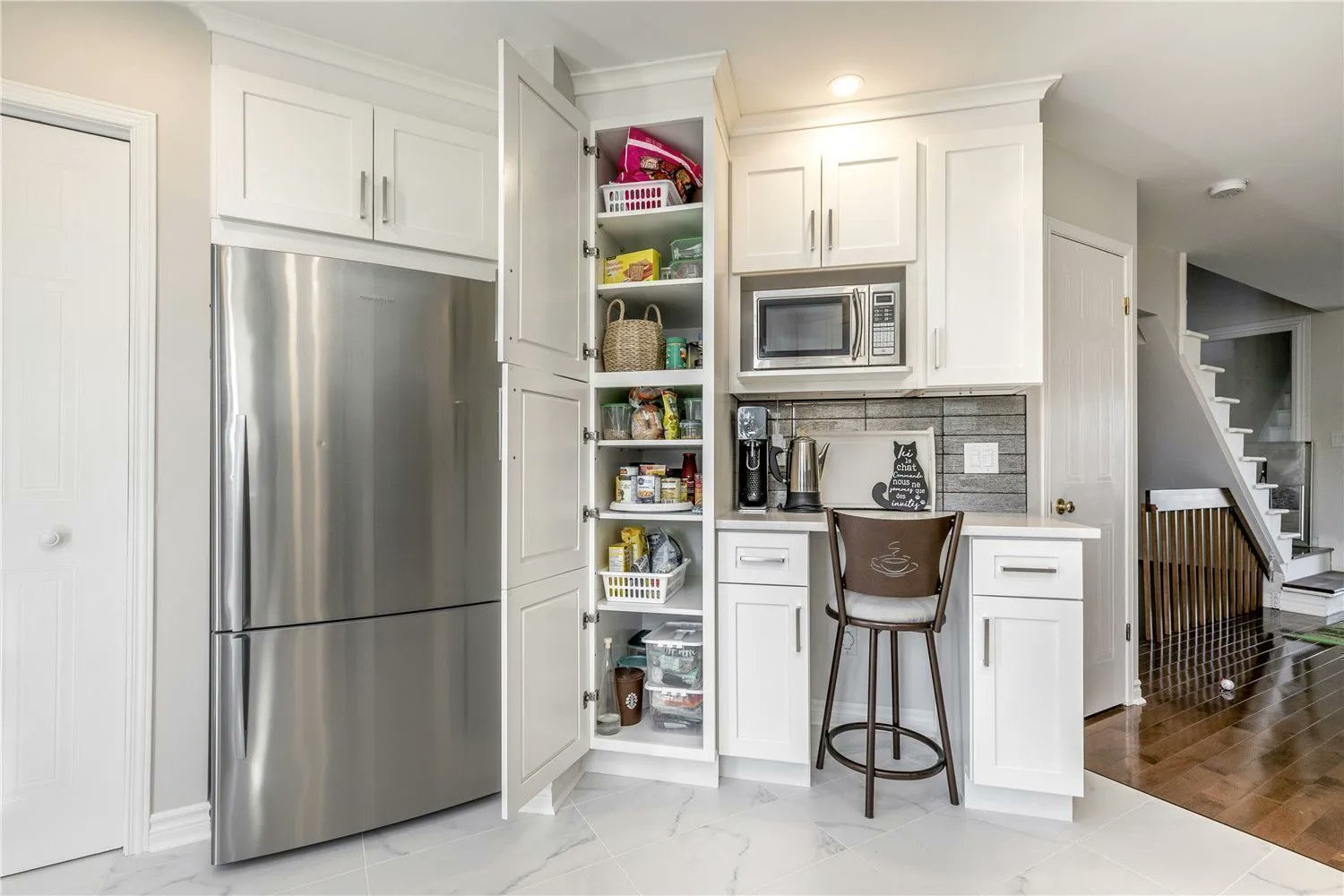 Trends come and go, but a well-designed kitchen will stand the test of time.
Avoid going overboard with trendy elements that may become outdated in a few years, and instead focus on creating a timeless and functional space.
You can always incorporate trendy elements through smaller decor items that are easy to replace.
Trends come and go, but a well-designed kitchen will stand the test of time.
Avoid going overboard with trendy elements that may become outdated in a few years, and instead focus on creating a timeless and functional space.
You can always incorporate trendy elements through smaller decor items that are easy to replace.
10. Not Seeking Professional Help
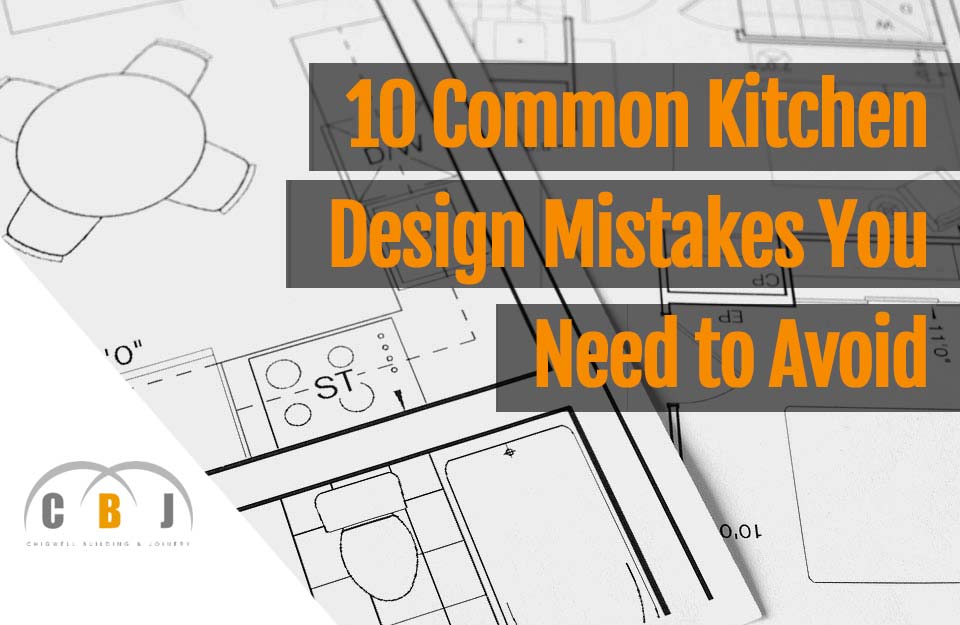 Lastly, one of the biggest mistakes in kitchen design is not seeking professional help.
Working with a professional designer can help you avoid common mistakes and create a more functional and visually appealing space.
They can also assist in selecting the right materials, layout, and features that will best suit your needs and budget.
In conclusion, avoiding these common kitchen design mistakes will help you create a beautiful and functional space that you will love for years to come.
Remember to consider your needs and lifestyle, seek professional help when needed, and don't be afraid to incorporate your personal style into the design.
With these tips in mind
Lastly, one of the biggest mistakes in kitchen design is not seeking professional help.
Working with a professional designer can help you avoid common mistakes and create a more functional and visually appealing space.
They can also assist in selecting the right materials, layout, and features that will best suit your needs and budget.
In conclusion, avoiding these common kitchen design mistakes will help you create a beautiful and functional space that you will love for years to come.
Remember to consider your needs and lifestyle, seek professional help when needed, and don't be afraid to incorporate your personal style into the design.
With these tips in mind





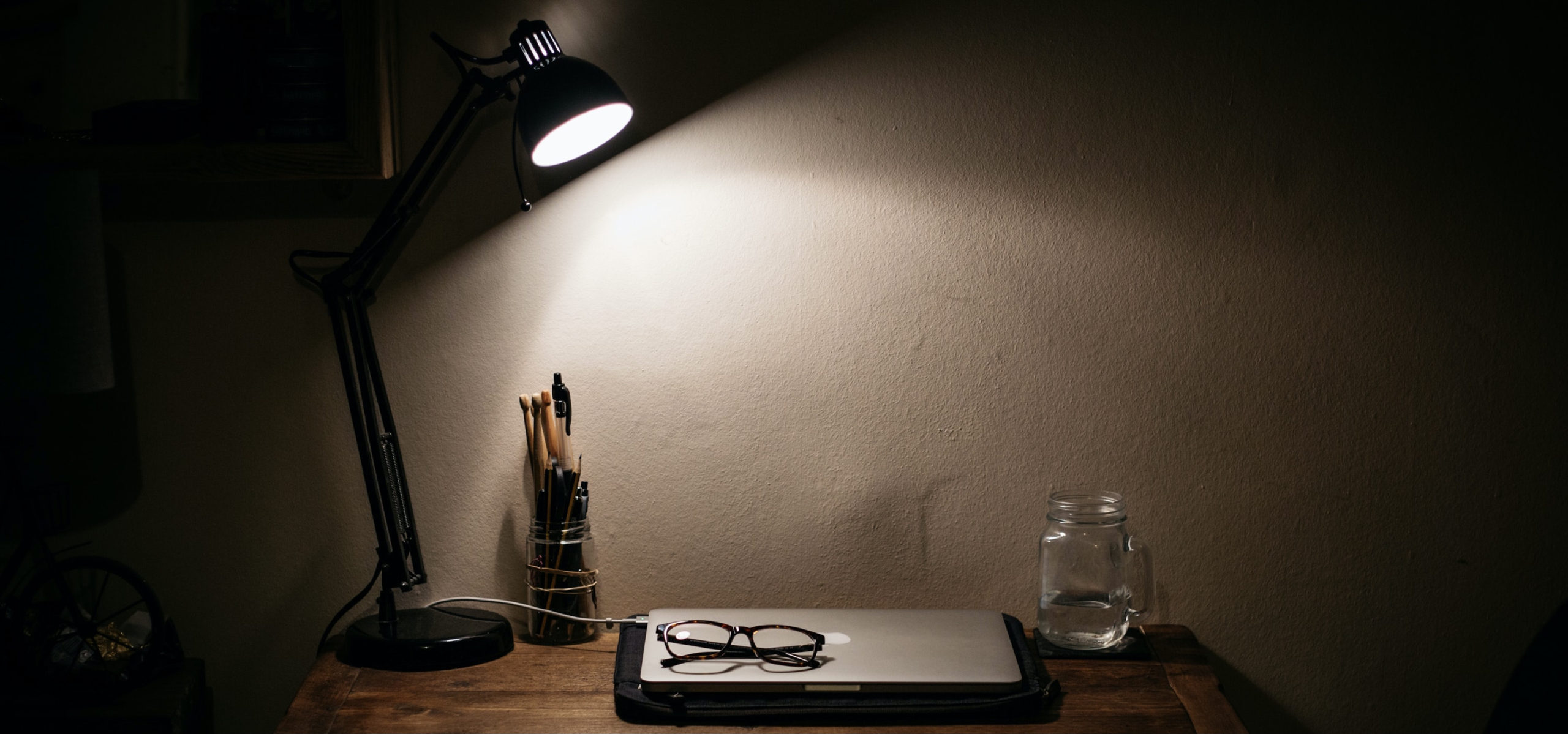











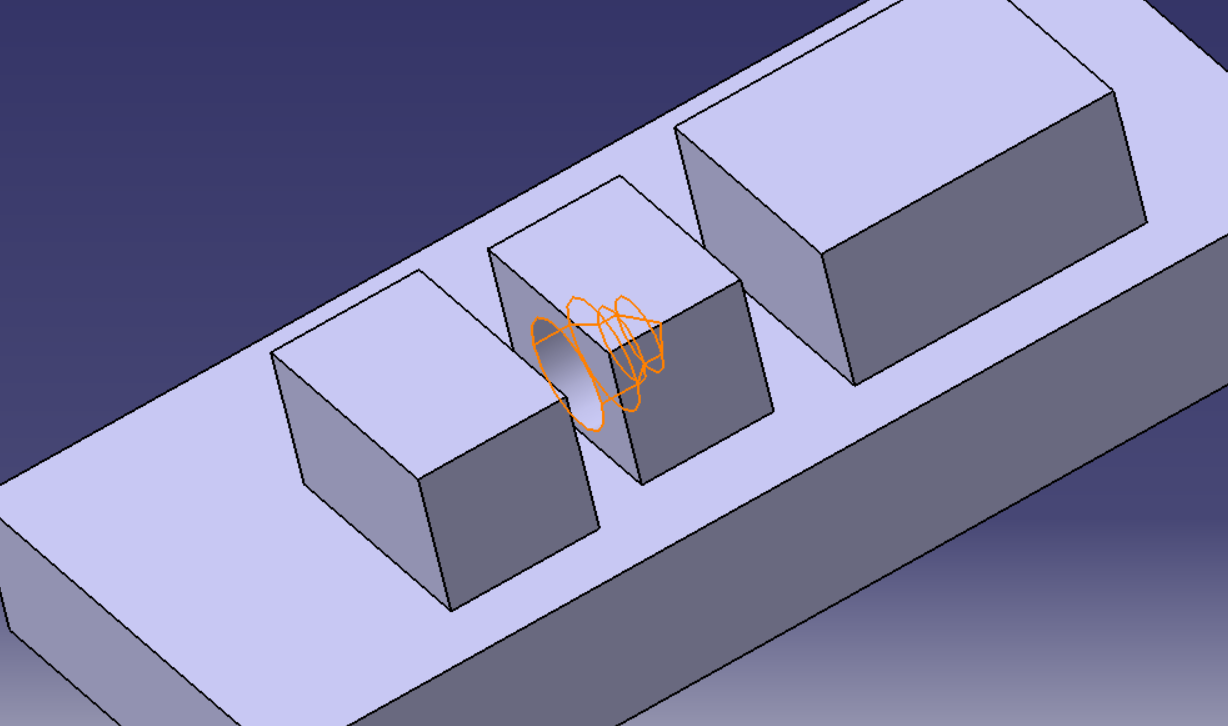



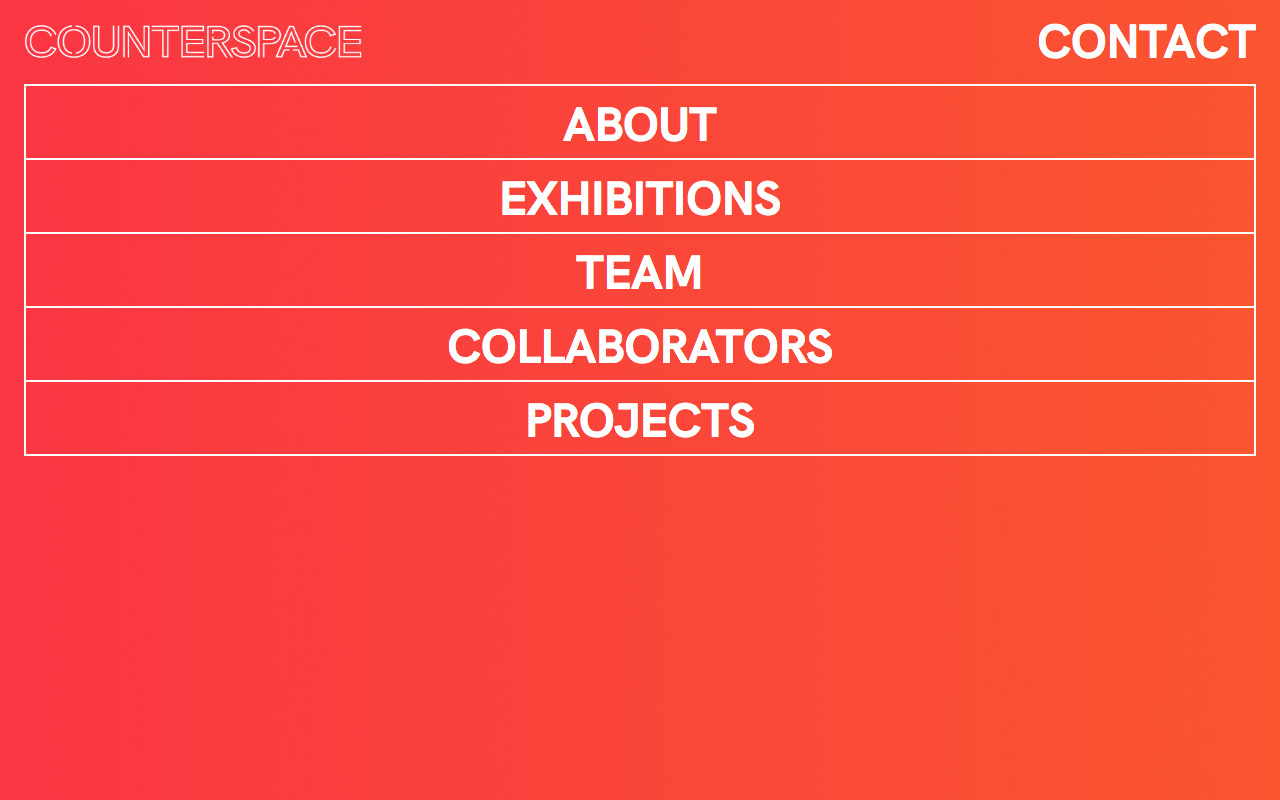

















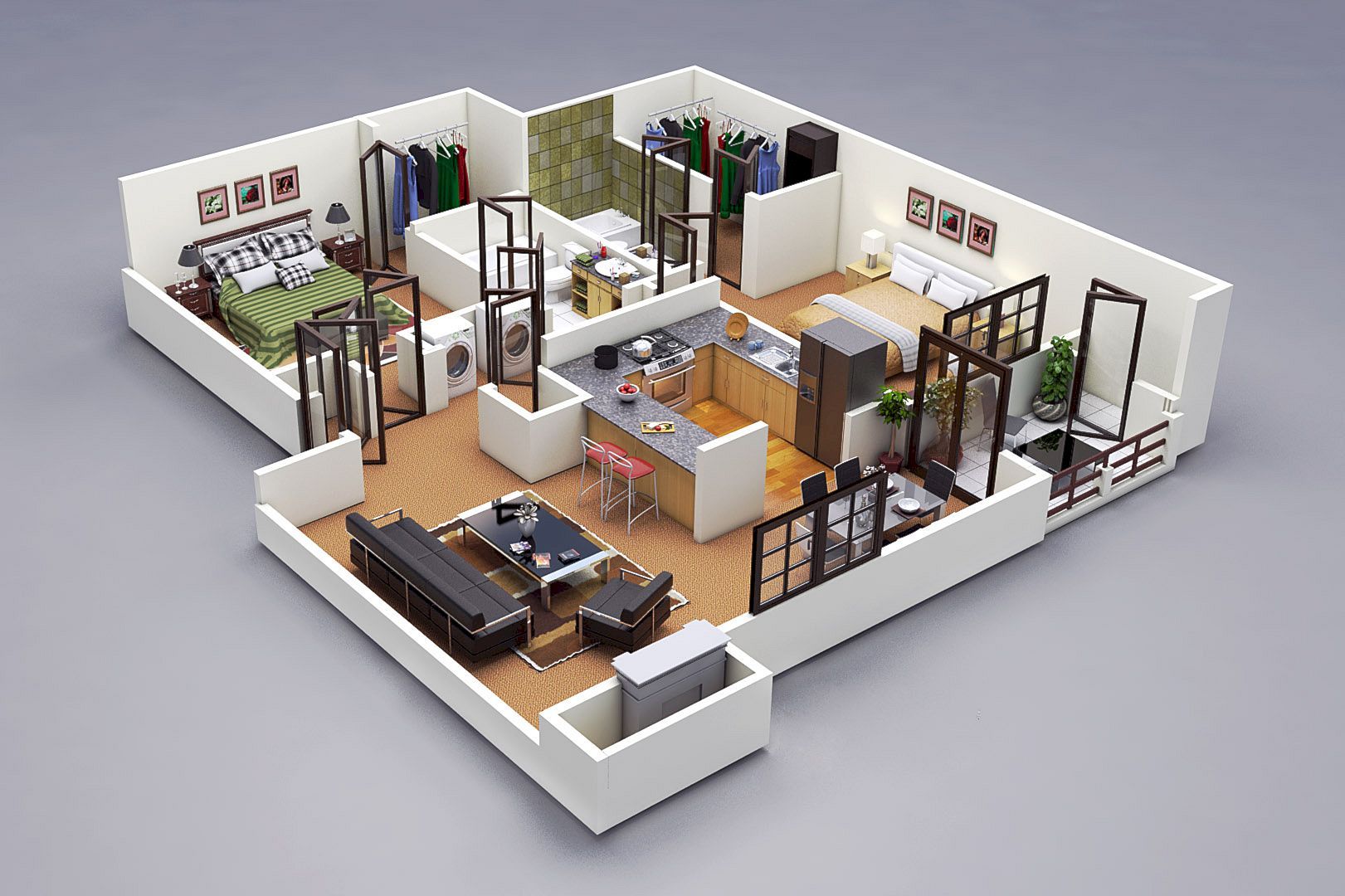







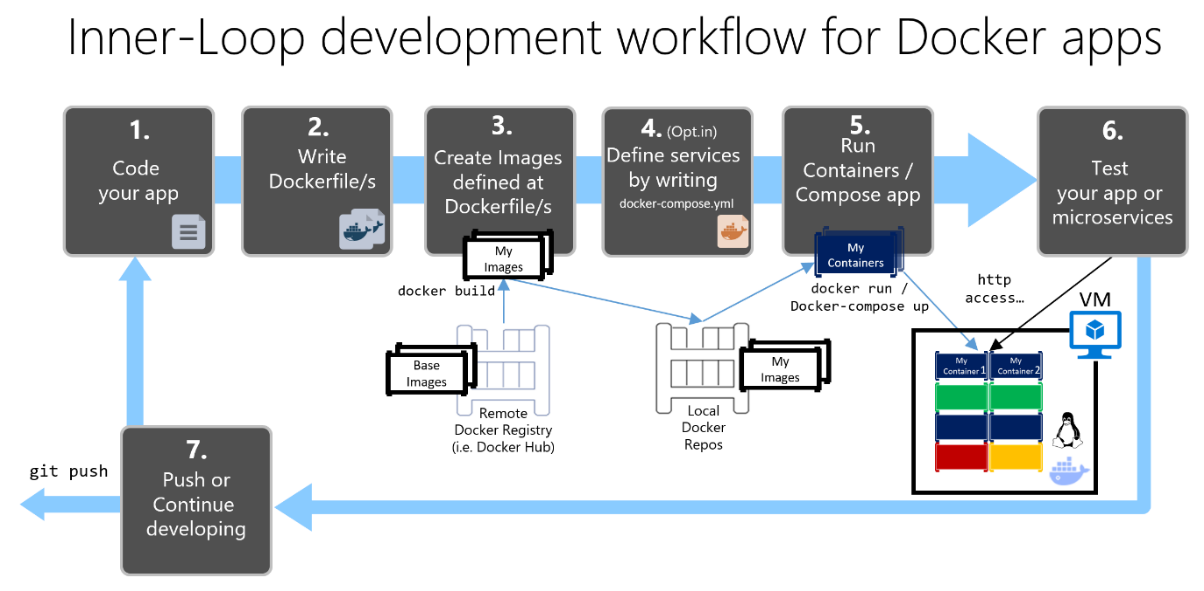





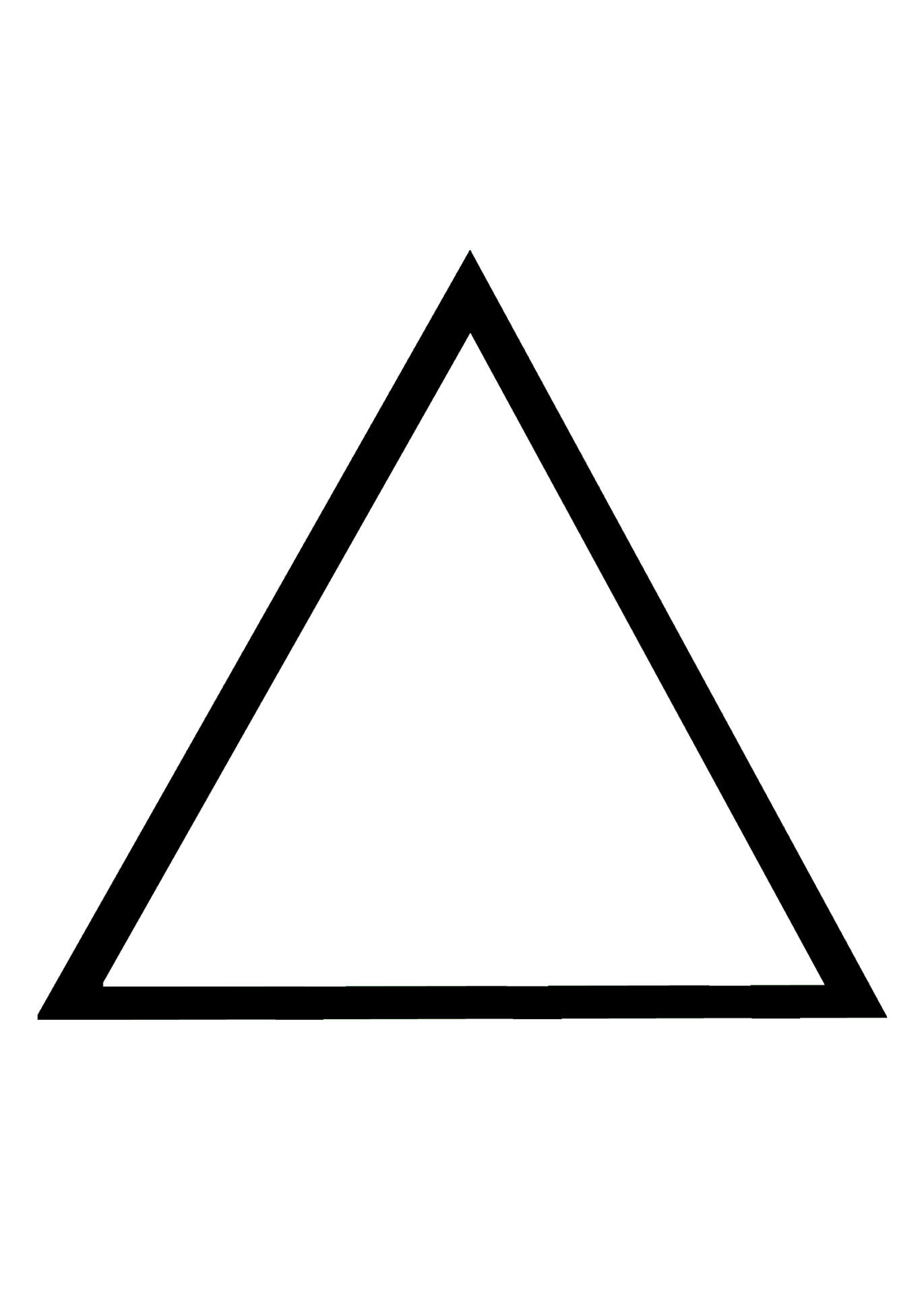







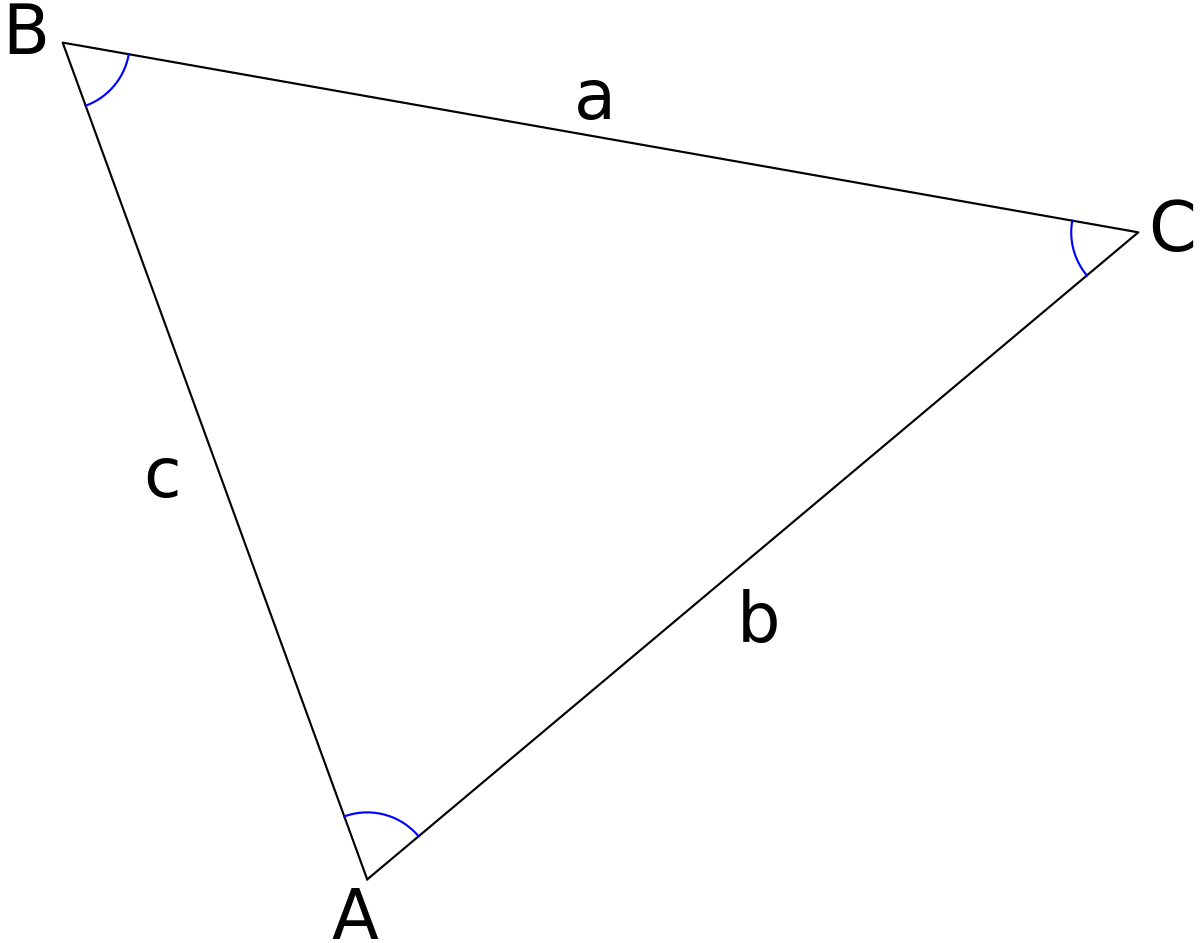
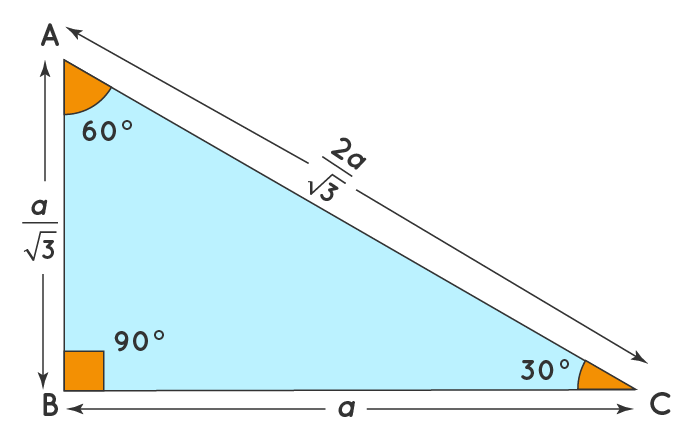




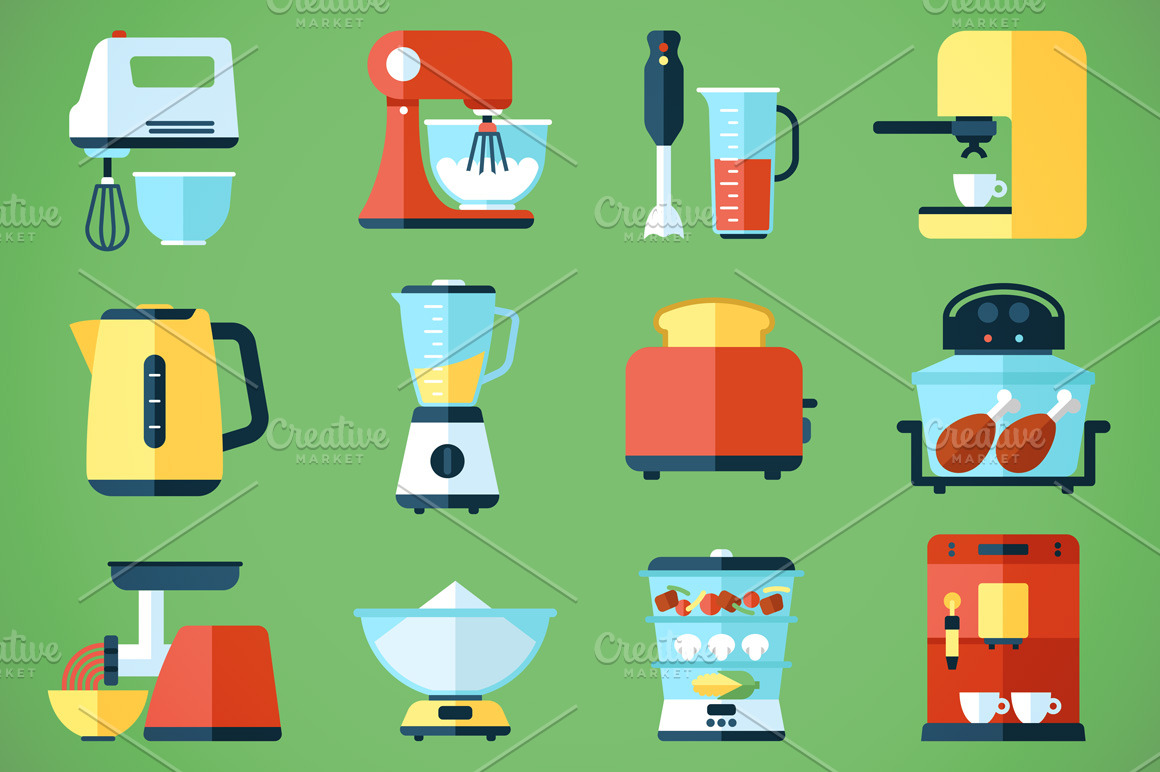
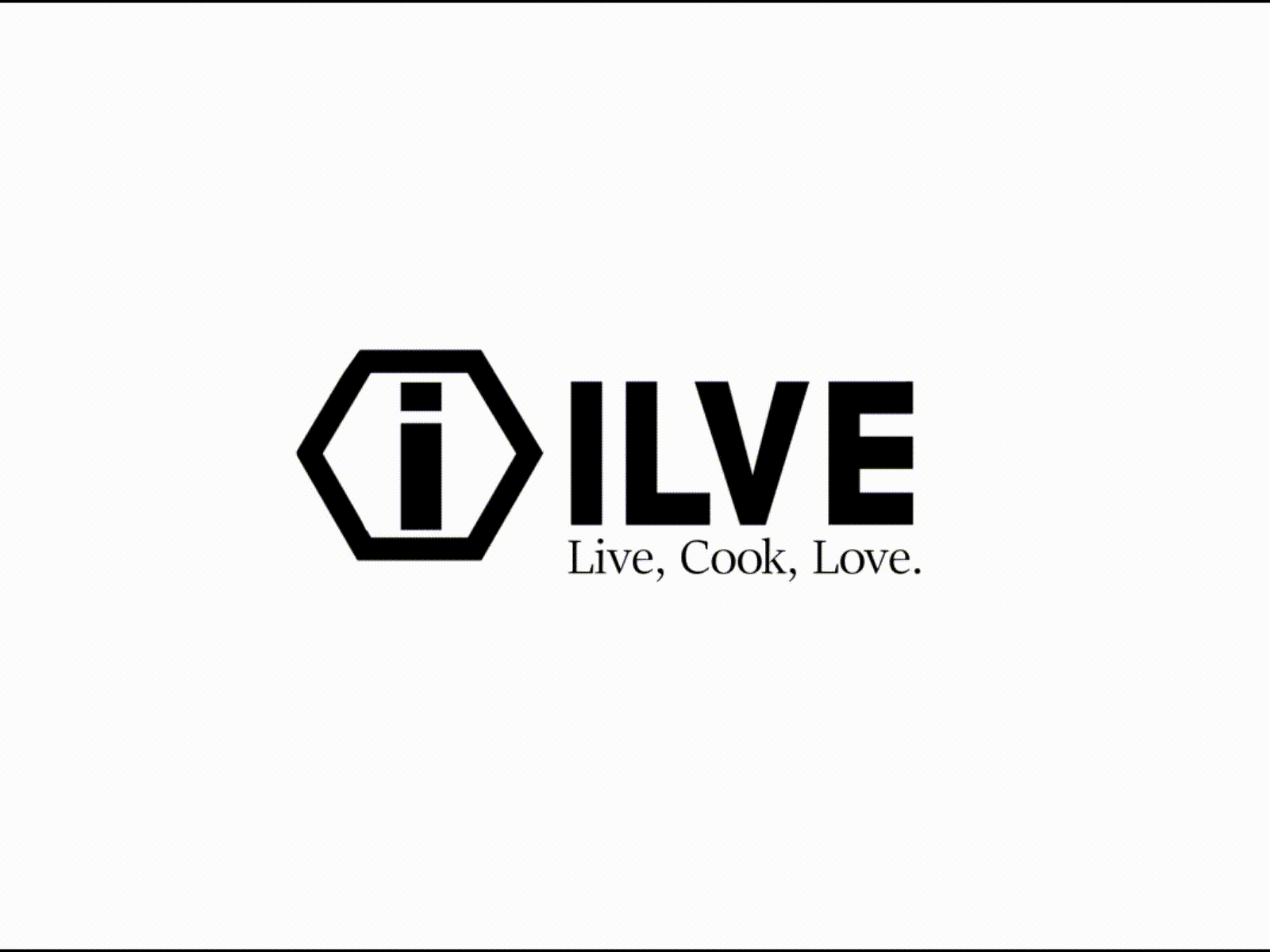

/appliancesalexeydudoladovGettyImages-171589331-57b37c3c5f9b58b5c2cb819c.jpg)
